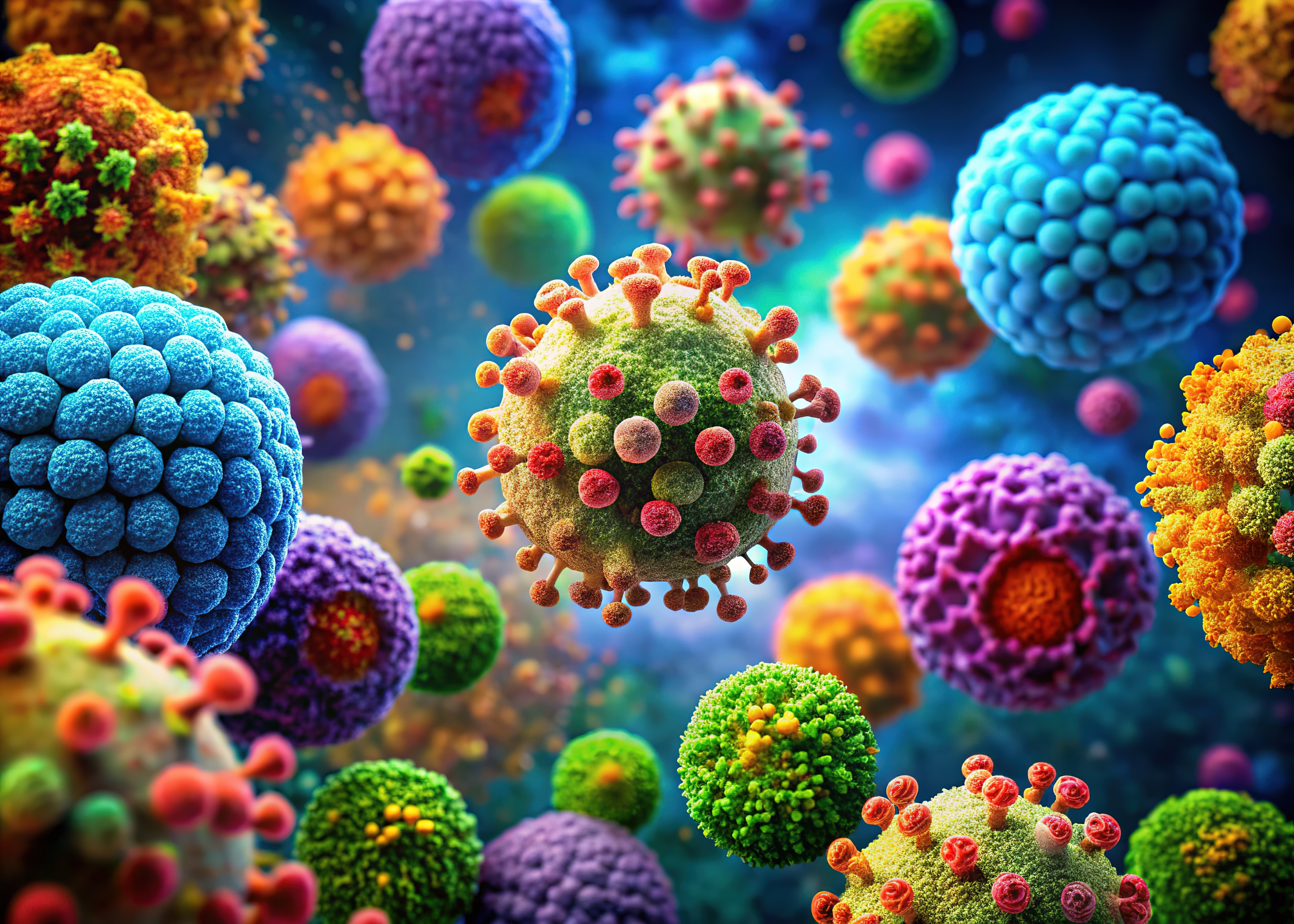2024 Week 47 - h2
Back in June 2024 (UPC Weekly 2024 week 23), we set out a few “known unknowns” – important developments in UPC case law that we expected to come in due course.
New UPC decision Plant-e v Arkyne gives guidance on one of these issues – the doctrine of equivalents at the UPC. The UPC Local Division The Hague decided that Arkyne did not infringe the patent on a normal interpretation of the claims, but did infringe on the basis of equivalence.
Background - h3
The patent EP 2137782 B1 acknowledges microbial fuel cells (MFCs) as prior art. One example of a prior art MFC has an anode compartment, a cathode compartment and a membrane separating the anode compartment and the cathode compartment from each other. The anode compartment contains micro-organisms capable of oxidizing what we can call here “fuel”. The fuel can be various compounds such as glucose or compounds found in various effluents. The oxidation provides electrons to the anode.
The invention is based on the idea that a living plant can be used to provide the necessary fuel for the MFC. This is based on the rhizodeposition effect – photosynthesis in the plant leads to compounds being released from the roots into the soil.
11. Method for converting light energy into electrical energy and/or hydrogen,
wherein a feedstock is introduced into a device that comprises a reactor,
where the reactor comprises an anode compartment (2) and a cathode compartment (3) and wherein the anode compartment (2) comprises
a) an anodophilic micro-organism capable of oxidizing an electron donor compound, and
b) a living plant (7) or part thereof, capable of converting light energy (11) by means of photosynthesis into the electron donor compound, wherein the microorganism lives around the root (8) zone of the plant or part thereof.

h3: Literal infringement? No
After careful interpretation of the claim, the court decided that the “compartments” of the claim could be conceptual and there need not be physically separate compartments. Instead, having the anode and cathode separated by soil would suffice.
The court decided that the Bioo Panel literally meets all of the features of the claim except for the location of the plant and its roots in the anode compartment. In the Bioo Panel the roots of the plant are in an upper compartment, whereas the anode compartment (with the anode and the micro-organisms) is located at the bottom of the lower compartment.
The court decided that the Bioo Panel literally meets all of the features of the claim except for the location of the plant and its roots in the anode compartment. In the Bioo Panel the roots of the plant are in an upper compartment, whereas the anode compartment (with the anode and the micro-organisms) is located at the bottom of the lower compartment.
- Technical equivalence: does the variation solve (essentially) the same problem that the patented invention solves and perform (essentially) the same function in this context?
- Fair protection for patentee: Is extending the protection of the claim to the equivalent proportionate to a fair protection for the patentee?
- Reasonable legal certainty for third parties: does the skilled person understand from the patent that the scope of the invention is broader than what is claimed literally?
- Is the allegedly infringing product novel and inventive over the prior art?
h4: Question 1) Technical equivalence
Plant-e had carried out some experiments on the Bioo Panel and showed that water in the upper compartment will carry relevant compounds generated by the plant roots into the lower compartment, through the filter separating the compartments. The court therefore decided that the set-up of the Bioo Panel was technically equivalent to the teaching of the patent – the plant had the same function and solved the same problem. The additional compartment did not affect the function of the plant.
H4: Question 2) Fair protection for patentee
The court applied this question by considering the extent of the invention’s contribution to the art. In the view of the court, the invention provided a new category of MFCs and therefore it was fair to afford it a broad scope of protection.
Additionally under this question, the court considered whether, at the time of infringement, it was obvious to the skilled person how to apply the equivalent element, based on the disclosure of the patent. Bioo argued that their solution was itself inventive, avoiding damage to the anode from the roots of the plant. However, the court dismissed this argument – it is possible for the infringement to have technical advantages but still to be an infringement by equivalence.

